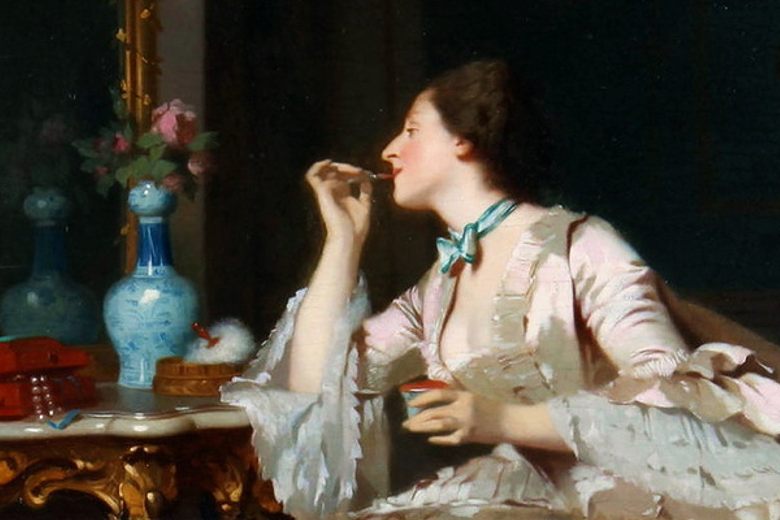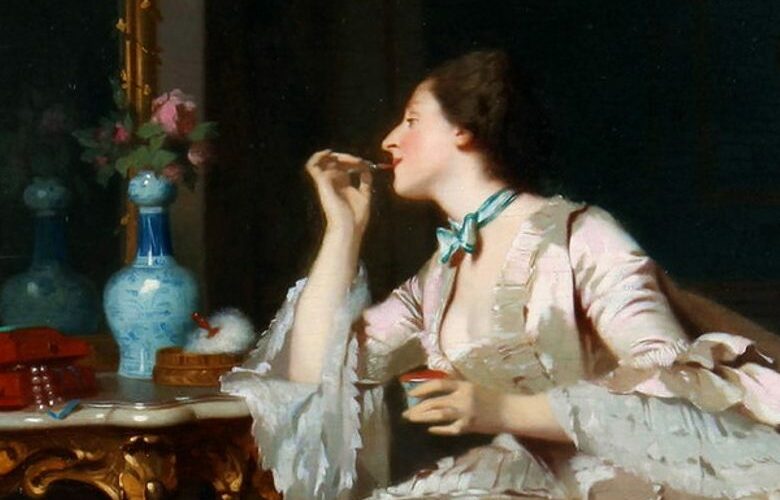Chemical peels that burn layers of skin from your face. Appetite suppressants that come with a risk of heart failure. Cosmetic surgeries that change the appearance of a woman’s most intimate parts. There are plenty of modern cosmetic practices that run the gamut from physically painful to medically risky. But most don’t hold a candle to the hazardous cosmetic techniques of yore. Check out these historic beauty practices that are even scarier than modern ones.
Wearing Corsets
You know what really turns men off? When women take deep breaths. In the 1800s, the invention of metal eyelets allowed women to cinch their corsets tighter than ever before, with acute medical consequences. In fairness, not all women tightened their corsets to the point of injury, and probably none of them achieved the 14-inch waist advertised in 19th century. But the stylish undergarments were often laced so tightly that they restricted women’s breathing. In the long term, wearing corsets caused muscle atrophy, deformed the ribcage, and misaligned the spine. And extreme corset use wasn’t just limited to women, as indicated by the warped ribs of a 19th-century Englishman whose body was excavated in the early 2000s.
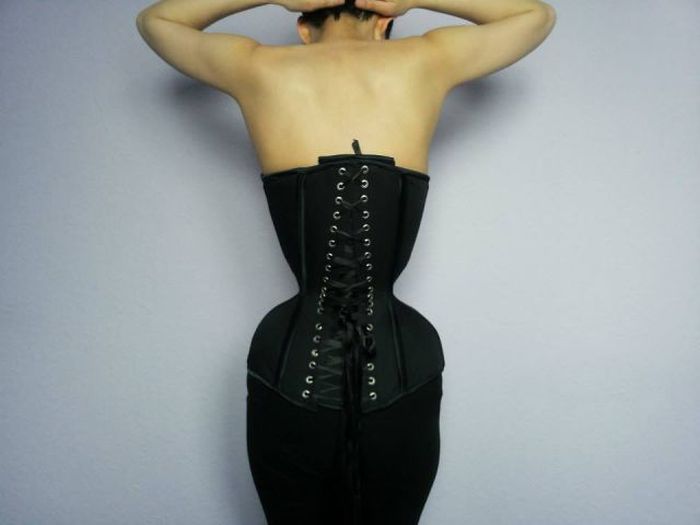
Foot Binding
A tradition that likely started around the late 10th century, foot binding was designed to turn a woman’s feet into 3-inch-long “golden lotuses” by folding the toes under and binding them tightly. The extremely painful practice began when a child was as young as 3 to 4 years old and continued into adulthood. The resulting wobbly walk and doll-like feet were considered highly attractive and vital to a woman’s marriage prospects. This one isn’t limited to the distant past, either: Foot binding wasn’t completely stamped out until China’s Communist Revolution in 1949, and there are still living Chinese women who feet were bound as children.
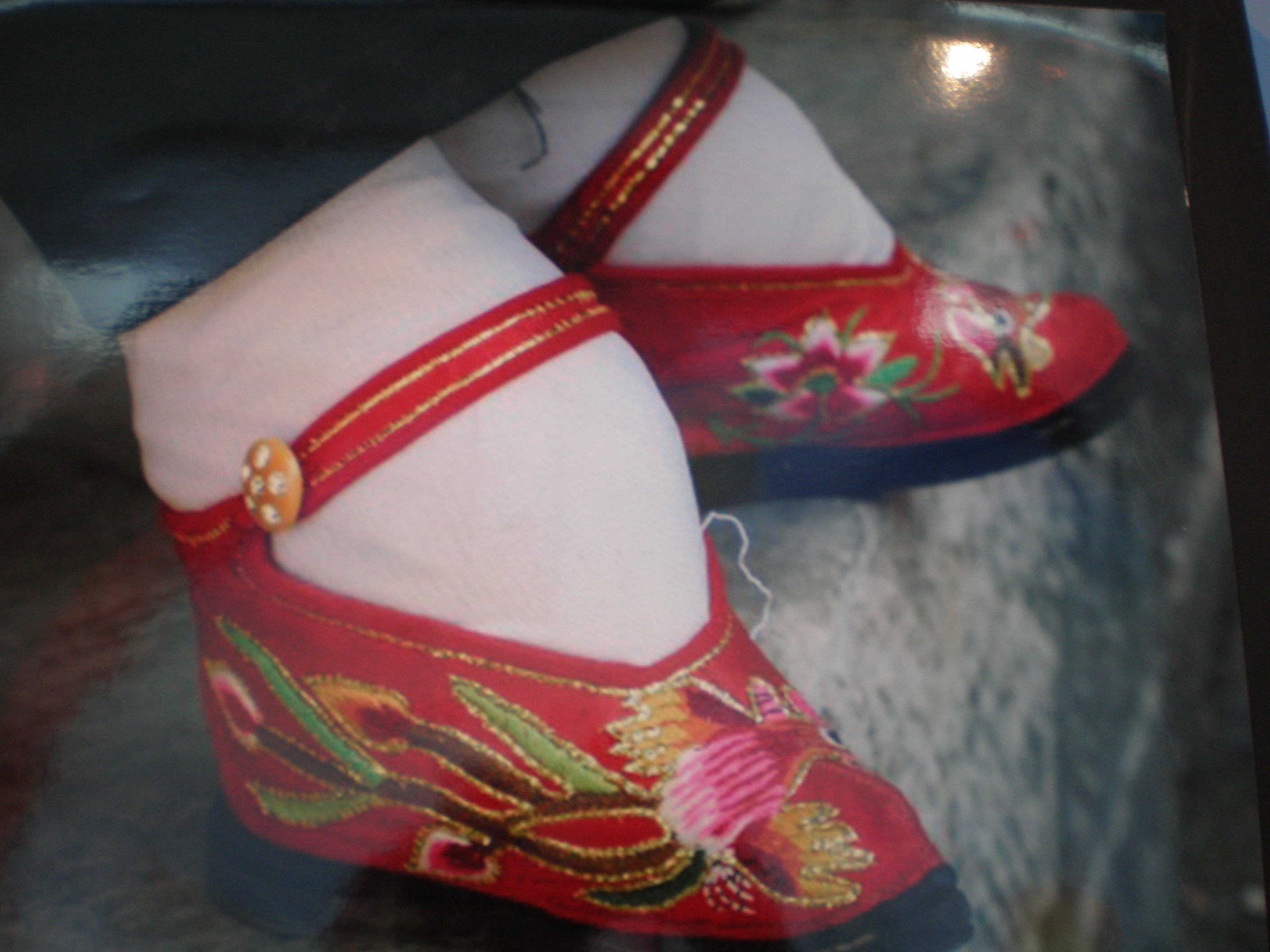
Using Lead Makeup
The 1700s were rough on the complexion. Even if you don’t count the miasmic filth in which even the richest people lived, there was smallpox to contend with—by the end of the 18th century, an estimated 400,000 Europeans were dying of it every year. If you were lucky enough to survive, the disease left severe scarring. The best way to cover these pockmarks and other cosmetic imperfections was lead face powder, and both men and women took advantage of it. It's great stuff—inexpensive and easy to make, coats well, and has a silky finish.
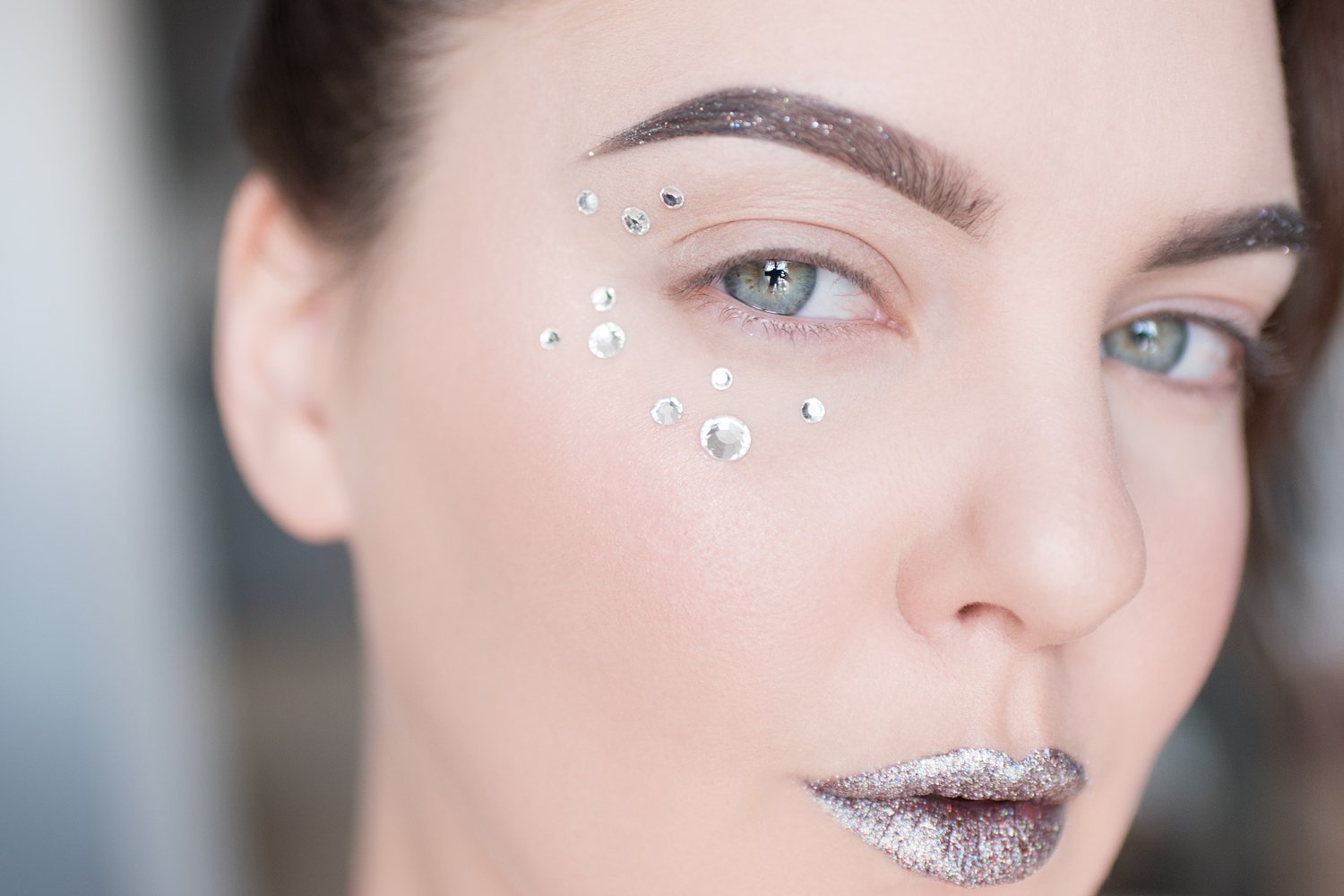
Applying Radioactive Face Cream
In the early 20th century, before anyone knew about the health risks of radiation, radioactive consumer products were all the rage. In the 1930s, an enterprising doctor named Alfred Curie capitalized his association with the famous radioactive researchers (who he definitely wasn’t related to) to launch Tho-radia, a French cosmetics brand whose products featured radioactive chemicals like thorium chloride and radium bromide.

Making Eyedrops Out of Deadly Nightshade
Deadly nightshade is also called belladonna, or “beautiful woman,” a likely reference to its role in the cosmetic routines of ladies in Renaissance Italy and beyond. Italian women—and later, women in Victorian England—would squeeze drops of deadly nightshade into their eyes to dilate their pupils for a striking, wide-eyed look they thought was seductive. Unfortunately, the side effects included blurry vision, vertigo, and headaches.

Eating Arsenic
In the 19th century and earlier, some people consumed arsenic to “produce a blooming complexion, a brilliant eye, and an appearance of embonpoint. There were safety rules, of course: You were only supposed to take it while the moon was waxing, and you could only eat only a dose as big as a single grain of millet at first. If you took more than that before you built up a tolerance, you could die.
